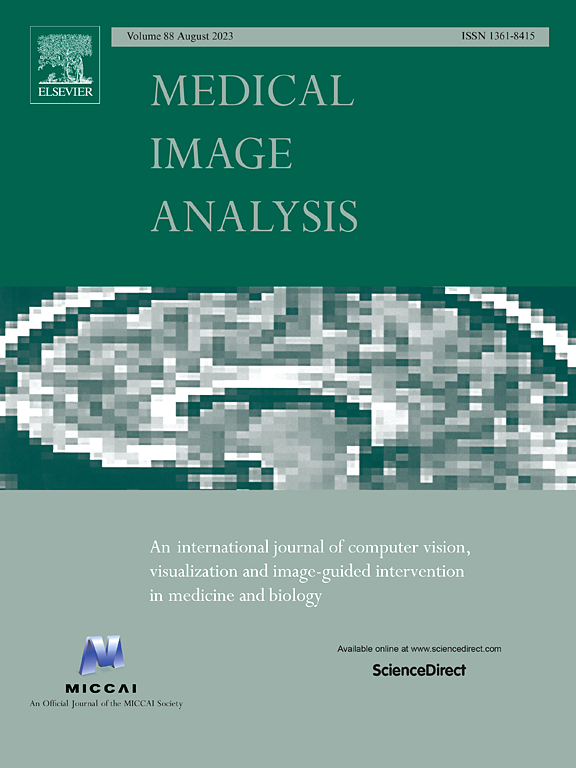Exploring the values underlying machine learning research in medical image analysis
IF 10.7
1区 医学
Q1 COMPUTER SCIENCE, ARTIFICIAL INTELLIGENCE
引用次数: 0
Abstract
Machine learning has emerged as a crucial tool for medical image analysis, largely due to recent developments in deep artificial neural networks addressing numerous, diverse clinical problems. As with any conceptual tool, the effective use of machine learning should be predicated on an understanding of its underlying motivations just as much as algorithms or theory — and to do so, we need to explore its philosophical foundations. One of these foundations is the understanding of how values, despite being non-empirical, nevertheless affect scientific research. This article has three goals: to introduce the reader to values in a way that is specific to medical image analysis; to characterise a particular set of technical decisions (what we call the end-to-end vs. separable learning spectrum) that are fundamental to machine learning for medical image analysis; and to create a simple and structured method to show how these values can be rigorously connected to these technical decisions. This better understanding of how the philosophy of science can clarify fundamental elements of how medical image analysis research is performed and can be improved.

求助全文
约1分钟内获得全文
求助全文
来源期刊

Medical image analysis
工程技术-工程:生物医学
CiteScore
22.10
自引率
6.40%
发文量
309
审稿时长
6.6 months
期刊介绍:
Medical Image Analysis serves as a platform for sharing new research findings in the realm of medical and biological image analysis, with a focus on applications of computer vision, virtual reality, and robotics to biomedical imaging challenges. The journal prioritizes the publication of high-quality, original papers contributing to the fundamental science of processing, analyzing, and utilizing medical and biological images. It welcomes approaches utilizing biomedical image datasets across all spatial scales, from molecular/cellular imaging to tissue/organ imaging.
 求助内容:
求助内容: 应助结果提醒方式:
应助结果提醒方式:


